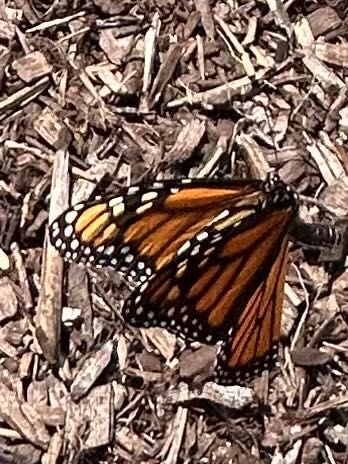Monarch Butterfly
Scientific Name: Danaus plexippus
Order & Family: Order: Lepidoptera, Family: Nymphalidae (Brush-footed butterflies)
Size: Wingspan: 8.9–10.2 cm (3.5–4 inches)

Natural Habitat
Monarch butterflies can be found in various habitats where milkweed is present for their larvae and nectar sources are available for adults, including meadows, fields, gardens, roadsides, and open woodlands. Their overwintering habitats are specific: oyamel fir forests in central Mexico for eastern populations and coastal eucalyptus or pine groves in California for western populations.
Diet & Feeding
Larvae (caterpillars) feed exclusively on the leaves of milkweed plants (Asclepias species). Adult monarch butterflies feed on nectar from a variety of flowering plants.
Behavior Patterns
Monarch butterflies are known for their spectacular annual migration. Eastern North American monarchs migrate thousands of miles south to overwinter in oyamel fir forests in central Mexico, while Western monarchs migrate to coastal California. They are diurnal. Larvae feed exclusively on milkweed plants. Adults engage in nectaring behavior.
Risks & Benefits
Benefits: Monarch butterflies are important pollinators. Their migration is a natural wonder and a key indicator of environmental health. Risks: Their populations have declined significantly due to habitat loss (especially milkweed and overwintering sites), pesticide use, and climate change. They are not harmful to humans; in fact, their beauty and ecological role make them a beloved insect.
Identified on: 8/16/2025